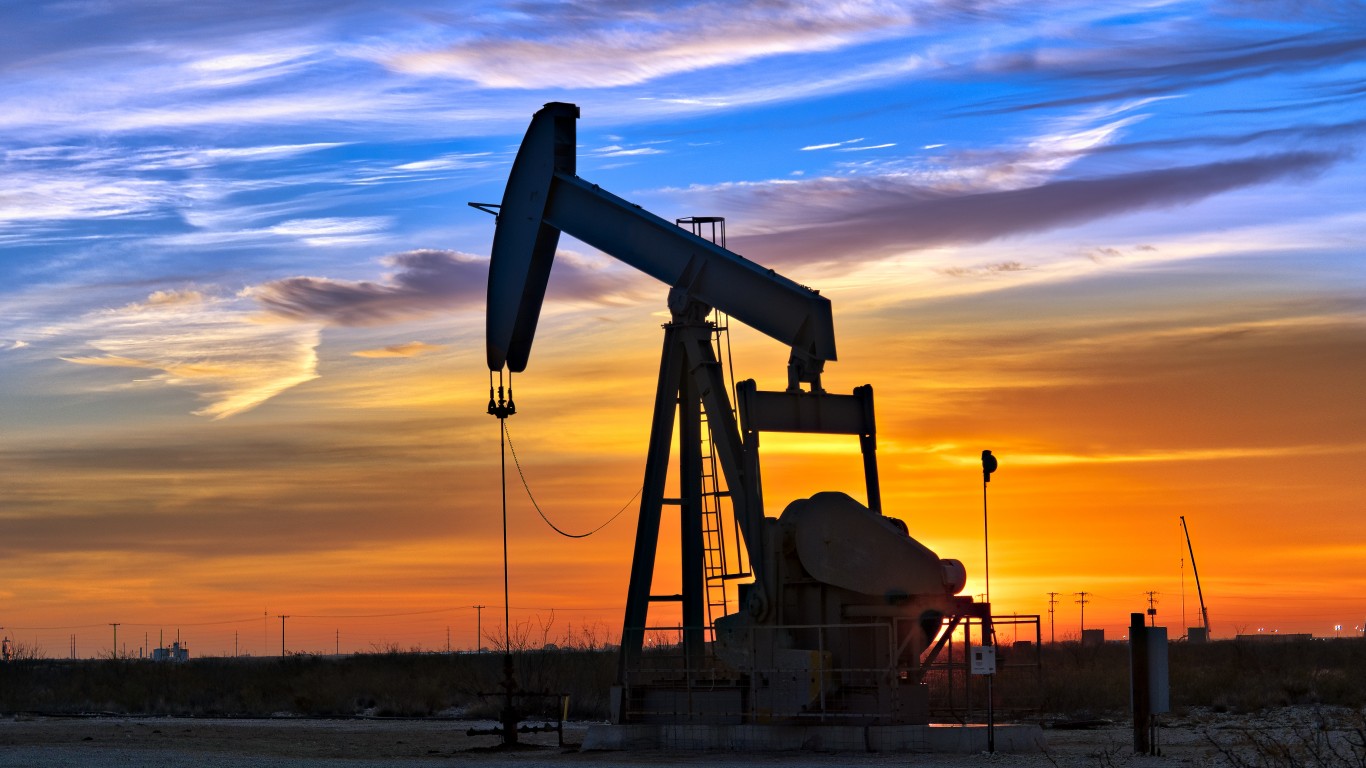
Total U.S. crude oil production reached a 20-year low of around 3.8 million barrels a day in August of 2005. As of last week, U.S. production has totaled 12.6 million barrels a day. Production doubled in the eight-year period to August 2013, and the U.S. Energy Information Administration (EIA) is forecasting U.S. 2020 production at 13.2 million barrels a day. At that rate, U.S. production would nearly double again in 2021, another doubling in just eight years.
According to a new report from analytics firm IHS Markit, that doubling is not going to happen. In fact, IHS Markit is forecasting 2020 growth of 440,000 barrels a day, not quite half the increase the EIA has projected. The firm sees growth flattening in 2021 and rising modestly in 2022.
After four years of nearly unequaled growth, the U.S. exploration and production (E&P) firms have been called to account by investors. When crude prices collapsed in 2015, E&P firms focused on raising production using a combination of cheap money, high valuations and drilling first in their best prospects. That’s all changed now.
Raoul LeBlanc, IHS Markit vice-president for North American unconventionals, commented:
Going from nearly 2 million barrels per day annual growth in 2018, an all-time global record, to essentially no growth by 2021 makes it pretty clear that this is a new era of moderation for shale producers. This is a dramatic shift after several years where annual growth of more than one million barrels per day was the norm.
Investors in 2019 are focused on the return of capital, period. Further drilling faces two strong headwinds: expected continued low crude oil prices and access to capital markets. Low prices for crude lead to low valuations on reserves, which drives up the cost of capital.
As IHS Markit sees things, prices for West Texas Intermediate (WTI) crude will remain stuck around $50 a barrel for the next two years and capital spending will fall by 10% this year, another 12% in 2021, and a further 8% in 2022 from $102 billion in 2019 to $83 billion in 2022.
The tipping point for crude prices is around $55 a barrel, according to the analysts: “[That’s] the point where it remains viable to have both some production growth and deliver shareholder returns. WTI prices would have to stabilize around $65 a barrel before the E&P companies would have a chance to boost volume growth significantly while also boosting shareholder returns.”
LeBlanc also noted that the resource is there: “There is certainly ample inventory of high-quality wells out there. Shale producers are making a deliberate change to the business model in response to investor demands.”
According to the latest EIA drilling productivity report, there were 7,740 drilled but uncompleted wells in the seven major U.S. shale regions at the end of September. A year ago, there were nearly 8,400, and in January of this year, there were nearly 8,800.
Completing a well is cheaper than drilling a new one, but it won’t take long to exhaust that backlog of uncompleted wells if the number drops by 206 a month as it did last month. By 2022, the backlog would be cut in half without new drilling.
How many of those uncompleted wells meet LeBlanc’s definition of high quality remains to be seen. The EIA expects new wells to reach 802 barrels of production per rig in November for the seven major shale basins, the highest monthly number we’ve seen. But how many wells in that backlog will it take to hit that number? 200? More?
The other thing to keep in mind is that during the oil price boom days from January 2016 to September 2018, E&P companies drilled their best prospects first as crude prices more than doubled from around $32 a barrel to around $70. Since dropping to around $57 a barrel a year ago, the price has bounced around in a fairly narrow range that is generating enough profit to yield some production growth for the drillers and acceptable (barely) returns to shareholders. But it’s a delicate balancing act in an industry not known for its finesse.
Take Charge of Your Retirement In Just A Few Minutes (Sponsor)
Retirement planning doesn’t have to feel overwhelming. The key is finding expert guidance—and SmartAsset’s simple quiz makes it easier than ever for you to connect with a vetted financial advisor.
Here’s how it works:
- Answer a Few Simple Questions. Tell us a bit about your goals and preferences—it only takes a few minutes!
- Get Matched with Vetted Advisors Our smart tool matches you with up to three pre-screened, vetted advisors who serve your area and are held to a fiduciary standard to act in your best interests. Click here to begin
- Choose Your Fit Review their profiles, schedule an introductory call (or meet in person), and select the advisor who feel is right for you.
Why wait? Start building the retirement you’ve always dreamed of. Click here to get started today!
Thank you for reading! Have some feedback for us?
Contact the 24/7 Wall St. editorial team.
 24/7 Wall St.
24/7 Wall St.



